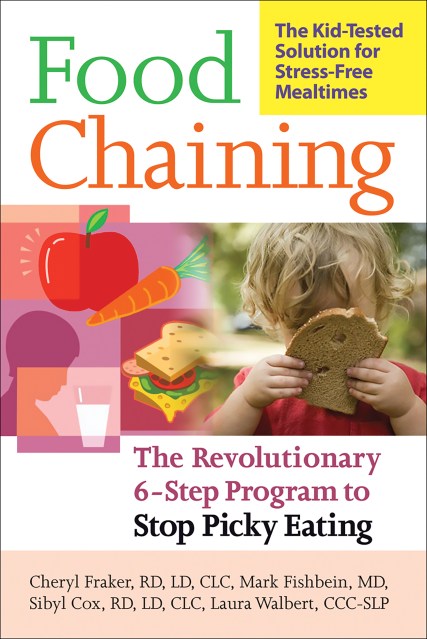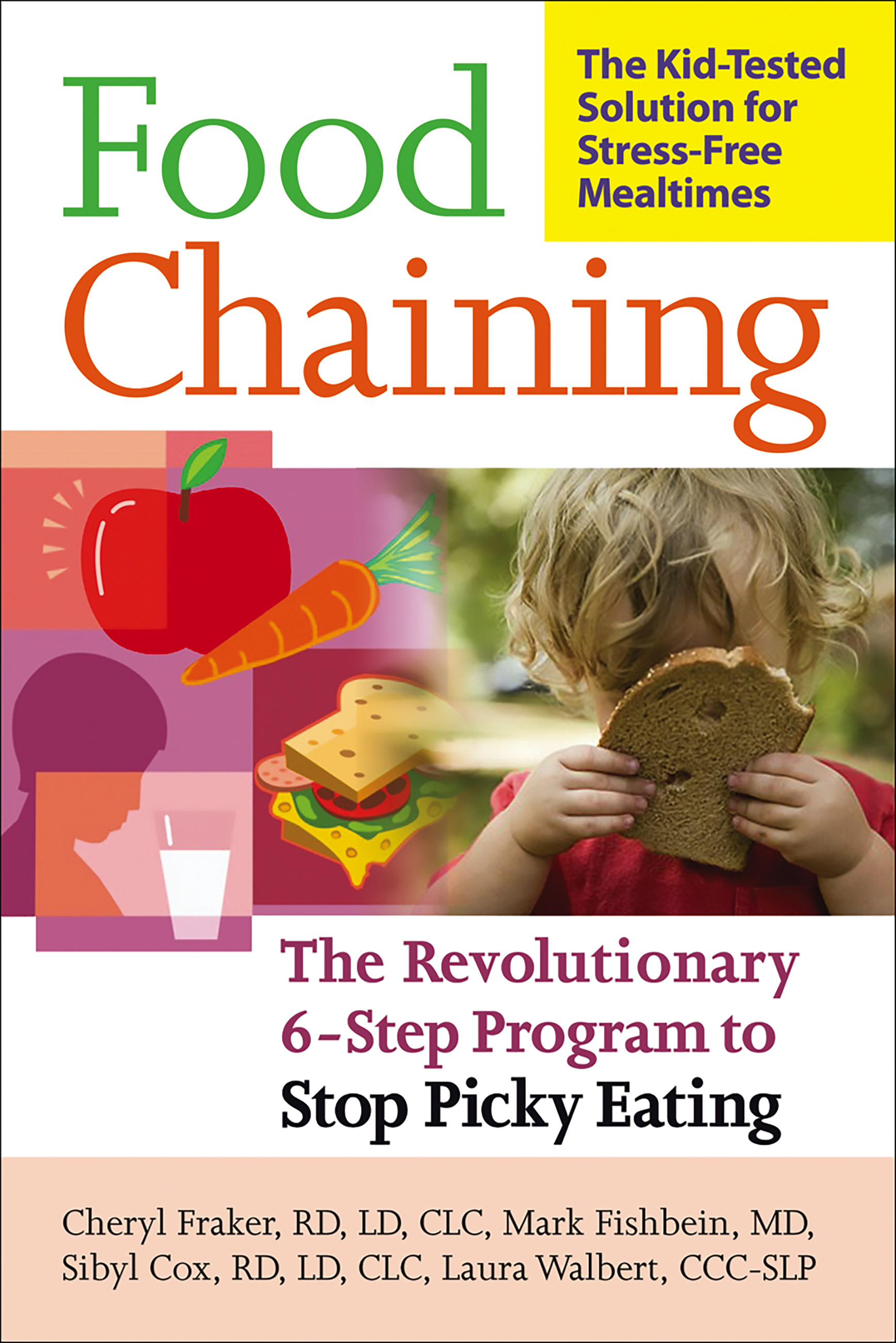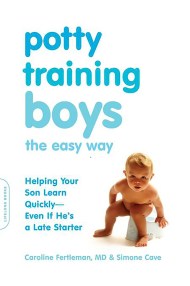Promotion
Use code MOM24 for 20% off site wide + free shipping over $45
Food Chaining
The Proven 6-Step Plan to Stop Picky Eating, Solve Feeding Problems, and Expand Your Child's Diet
Contributors
By Cheri Fraker
By Dr. Mark Fishbein
By Sibyl Cox
By Laura Walbert
Formats and Prices
Price
$19.99Price
$24.99 CADFormat
Format:
- Trade Paperback $19.99 $24.99 CAD
- ebook $11.99 $14.99 CAD
This item is a preorder. Your payment method will be charged immediately, and the product is expected to ship on or around November 2, 2007. This date is subject to change due to shipping delays beyond our control.
Also available from:
Does your child regularly refuse foods or throw a fit at mealtimes? Are you concerned she isn’t getting enough nutrition, or that that your child’s pickiness might be caused by a hidden medical issue? For every frustrated parent, the food chaining method offers a medically-proven, kid-tested solution.
Developed by a team of internationally known medical experts, Food Chaining helps you identify the reasons behind your child’s picky eating habits — be it medical, sensory, or because of allergies. Then, with a simple, 6-step method centered around taste, temperature, and texture, target foods are selected that are similar to the ones your child likes, gradually expanding to all food groups. Does your kid like French fries but won’t touch veggies? Try hash browns, and slowly expand to sweet potato fries and zucchini sticks — and then work your way to steamed vegetables.
With helpful information about common food allergies, lists of sample food chains, advice for special needs children, as well as a pre-chaining program to prevent food aversions before they develop, Food Chaining is your guide to raising lifelong health eaters.
Genre:
-
"Food Chaining [has treated] thousands of severely picky eaters."Wall Street Journal
- On Sale
- Nov 2, 2007
- Page Count
- 416 pages
- Publisher
- Da Capo Lifelong Books
- ISBN-13
- 9781600940163
Newsletter Signup
By clicking ‘Sign Up,’ I acknowledge that I have read and agree to Hachette Book Group’s Privacy Policy and Terms of Use







